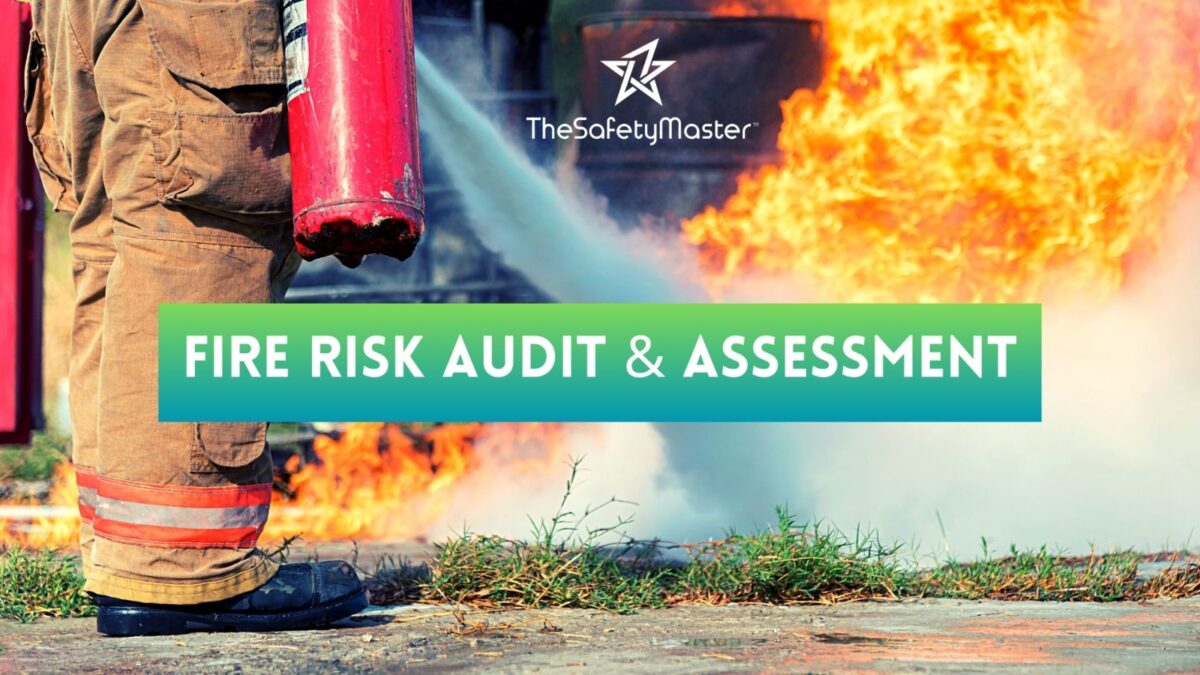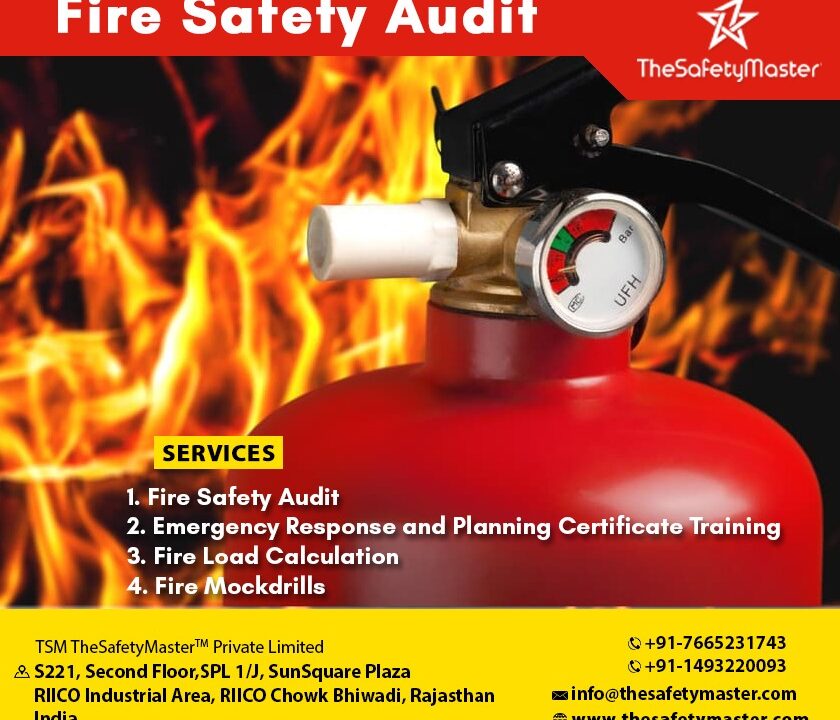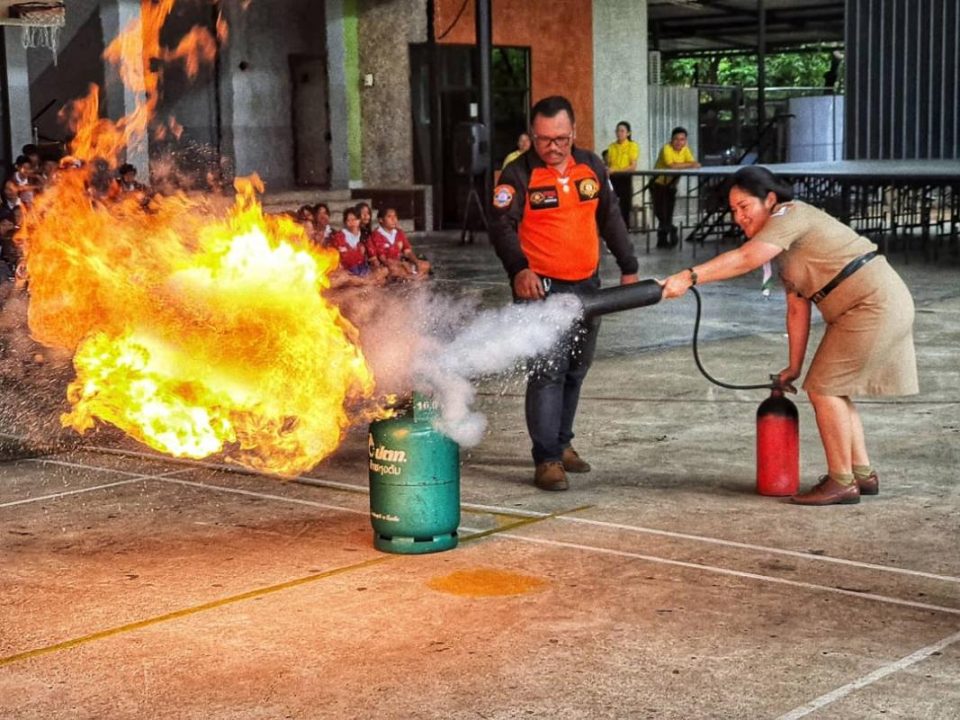Fire Audit- The Safety Master

Personal Protective System Audit in an Organization
March 27, 2024
Electrical Safety Audit – The Safety Master
March 28, 2024Introduction to Fire Audit
Fire, an unpredictable force, can wreak havoc if not managed effectively. In today’s world, where safety is paramount, organizations must prioritize fire safety through thorough assessments and audits. One of the essential tools in this arsenal is the fire audit.
Understanding the Importance
What is a Fire Audit?
A fire audit is a systematic evaluation of a building’s fire safety measures, protocols, and readiness conducted by qualified professionals. It involves assessing various factors contributing to fire safety and emergency preparedness.
Why Fire Audits are Crucial
Fire audits serve as proactive measures to identify potential hazards, mitigate risks, and ensure compliance with safety regulations. They provide insights into areas needing improvement and help in devising robust fire safety strategies.
Components of a Fire Audit
A comprehensive fire audit encompasses several key components essential for safeguarding lives and property against fire hazards.
Fire Prevention Measures
Fire prevention measures focus on eliminating or minimizing the factors that could ignite or exacerbate a fire. This includes proper storage of flammable materials, maintenance of electrical systems, and implementation of fire-resistant building materials.
Detection Systems
Effective detection systems are critical for early warning and swift response to fire incidents. These may include smoke detectors, heat sensors, fire alarms, and automated notification systems to alert occupants and authorities promptly.
Emergency Response Planning
Emergency response planning involves developing strategies and protocols to ensure a coordinated and effective response in the event of a fire. This includes establishing evacuation routes, conducting drills, and training personnel on firefighting techniques and evacuation procedures.
Benefits of Fire Audits
Fire audits offer numerous benefits beyond mere compliance with regulations, contributing to overall safety and preparedness within an organization.
Ensuring Safety Compliance
Fire audits help organizations adhere to safety standards and regulations mandated by local authorities and regulatory bodies. By identifying non-compliance issues, organizations can take corrective actions to avoid penalties and legal consequences.
Minimizing Risks and Damages
By identifying potential fire hazards and vulnerabilities, fire audits enable organizations to implement preventive measures and reduce the likelihood of fire incidents. This, in turn, minimizes property damage, business disruptions, and potential loss of life.
Improving Emergency Preparedness
Through thorough assessment and planning, fire audits enhance an organization’s emergency preparedness. By identifying strengths and weaknesses in existing fire safety protocols, organizations can develop robust contingency plans and ensure swift and effective responses to emergencies.
Beyond Compliance: Enhancing Preparedness
While compliance with fire safety regulations is essential, organizations should strive to go beyond minimum requirements to enhance their overall preparedness for fire emergencies.
Proactive Measures
Instead of merely meeting regulatory standards, organizations should proactively identify and address potential fire hazards and risks. This proactive approach involves regular inspections, maintenance, and continuous improvement of fire safety measures.
Training and Awareness Programs
Employee training and awareness programs play a crucial role in enhancing fire safety preparedness. By educating employees about fire risks, prevention strategies, and proper response procedures, organizations empower their workforce to act swiftly and decisively during emergencies.
Navigating Regulatory Compliance
Navigating fire safety regulations can be challenging for organizations, particularly given the evolving nature of safety standards and compliance requirements.
Understanding Fire Safety Regulations
Organizations must stay abreast of local fire safety regulations and codes applicable to their industry and jurisdiction. This requires a thorough understanding and interpretation of regulatory requirements to ensure compliance.
Compliance Challenges and Solutions
Complying with fire safety regulations may present various challenges, including resource constraints, complex requirements, and evolving standards. Organizations can overcome these challenges by partnering with experienced fire safety consultants, investing in technology-driven solutions, and fostering a culture of safety and accountability.
Conclusion
In conclusion, fire audits are indispensable tools for ensuring fire safety, compliance, and emergency preparedness within organizations. By conducting thorough assessments, implementing preventive measures, and fostering a culture of safety, organizations can mitigate risks, minimize damages, and safeguard lives.




